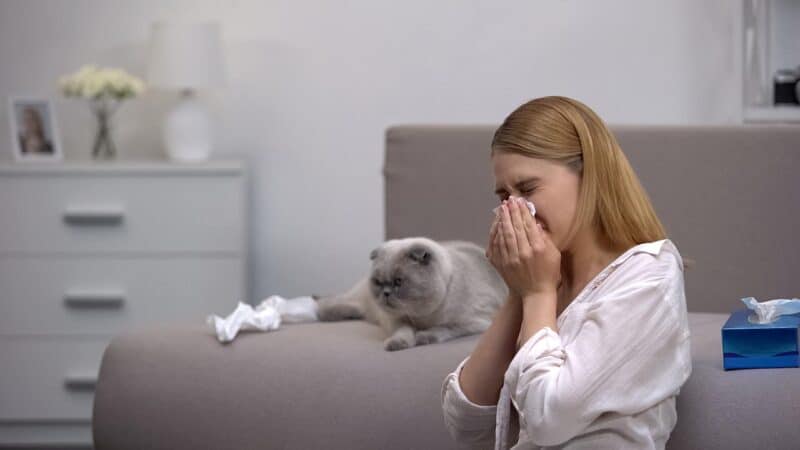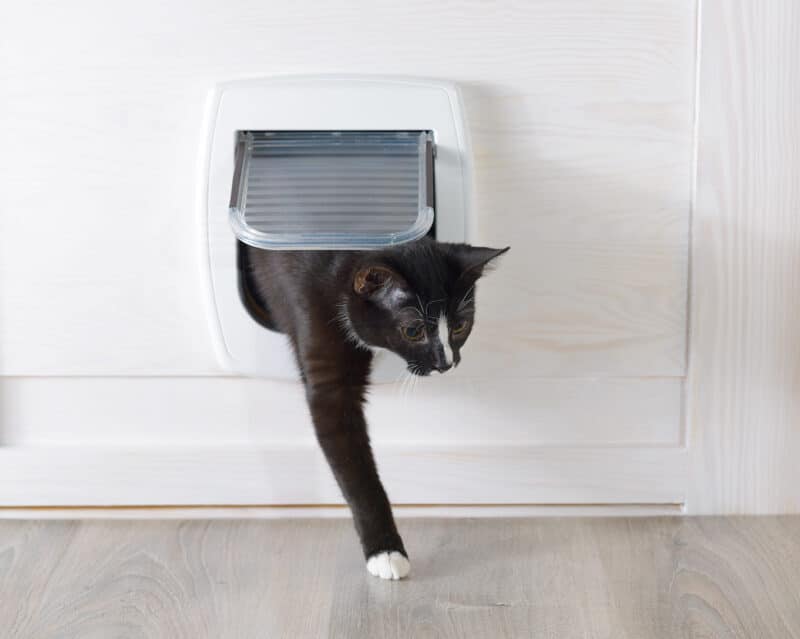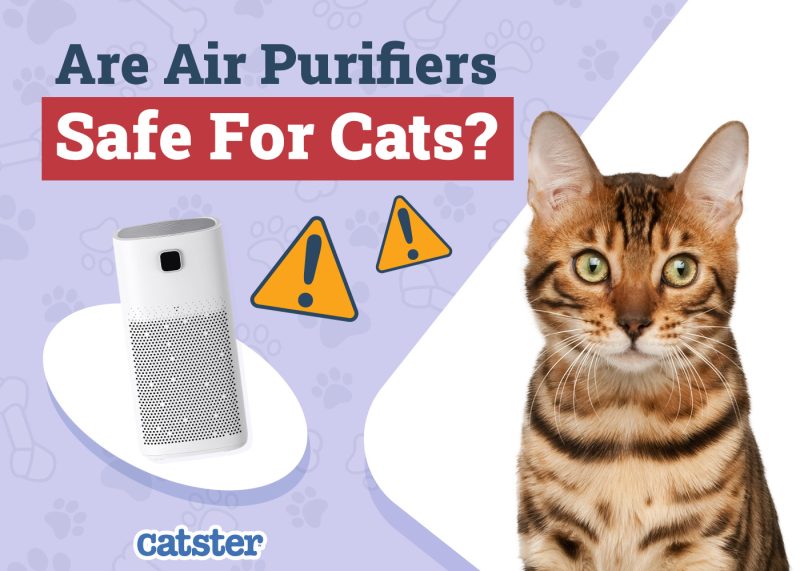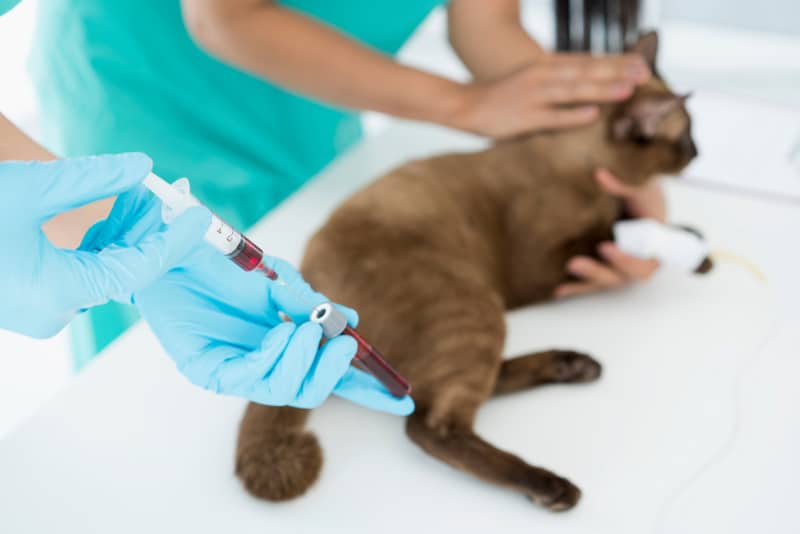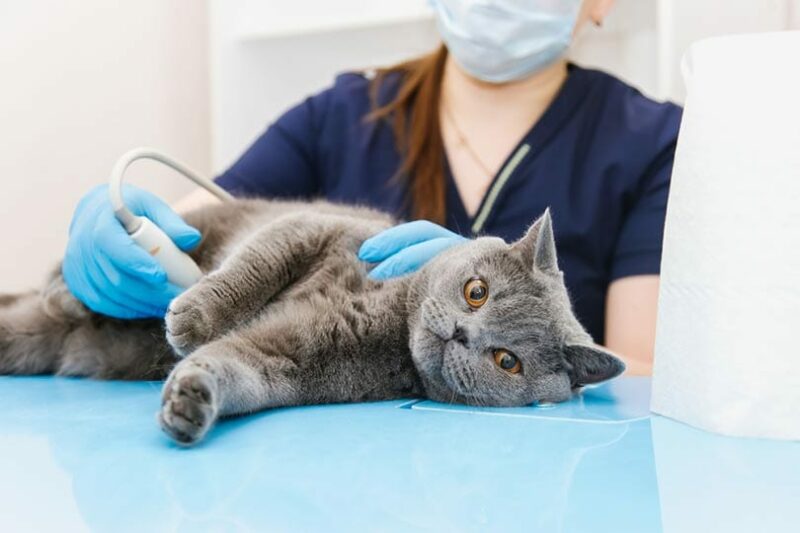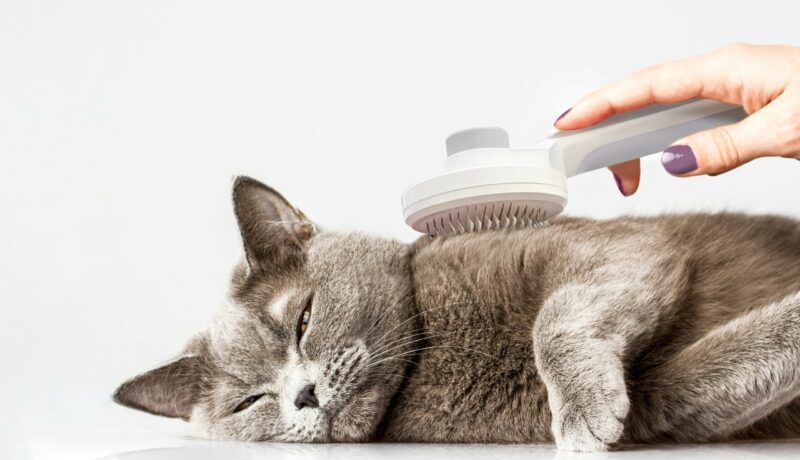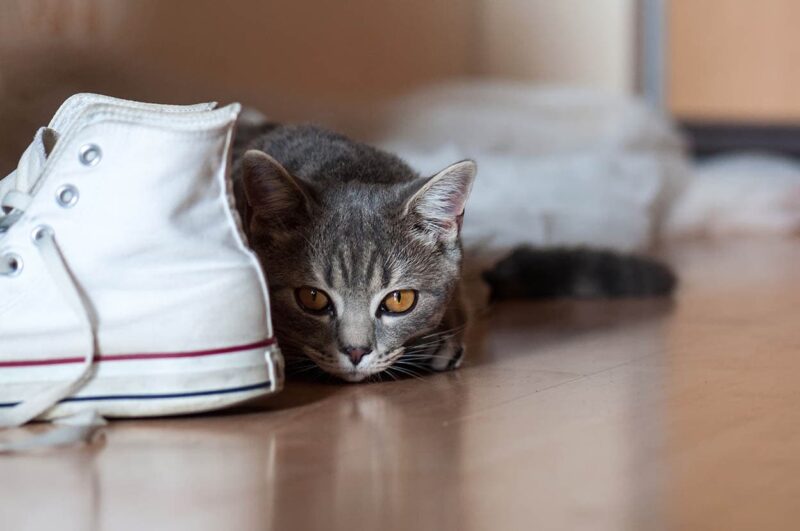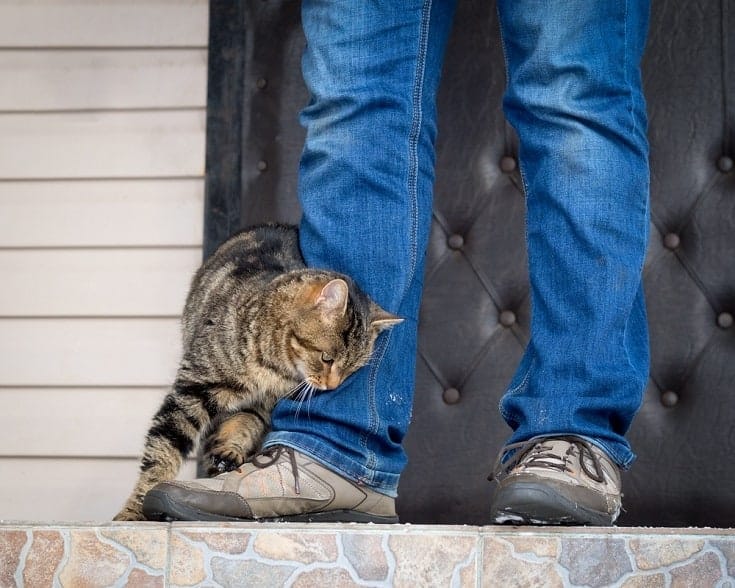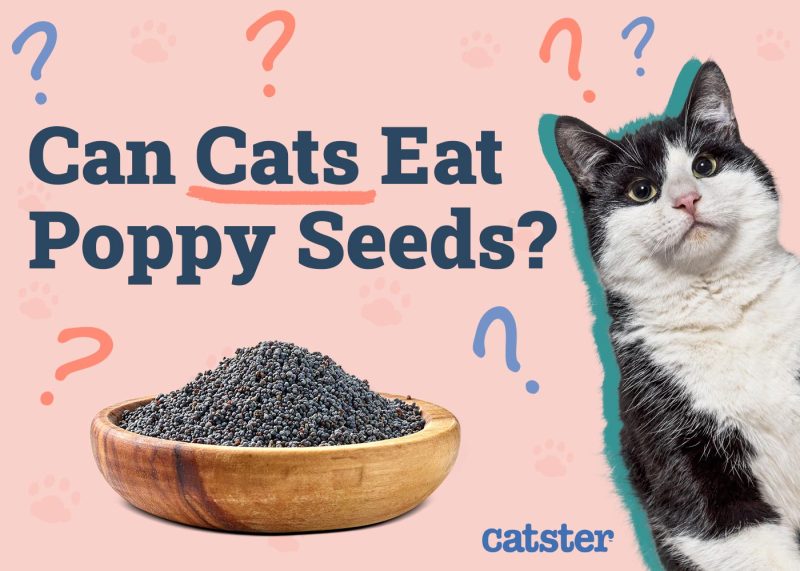In this article
View 3 More +Cat allergies and dog allergies mean that you display allergic responses to specific proteins secreted by cats or dogs, respectively. Cat allergy sufferers are usually allergic to Fel d 1 and Fel d 4 proteins. Dog allergy sufferers tend to be allergic to the Can f 1 protein. Because these are different proteins produced by different animals, it is possible to be allergic to cats but not dogs. It is also possible to be allergic to dogs but be fine with cats.
In this article, we look at cat and dog allergies, their causes, and what steps you can take to help minimize their impact on your daily life.

Pet Allergies
Pet allergies are some of the most prevalent types of respiratory allergies, exacerbated by the considerable feline and canine populations. Approximately two-thirds of U.S. households keep pets, with the majority of these being cats and dogs.
This means that, even if you don’t own pets yourself, you are likely to come into contact with their dander, sweat, saliva, and even urine: all of which can cause allergic reactions.

Allergy Symptoms
Although symptoms can vary in severity and type, some of the most common include:
- Sneezing
- Wheezing
- Coughing
- Congestion
- Runny or itchy eyes
- Skin rashes
- Shortness of breath
- Problems sleeping
Treatments
There is generally no cure for pet allergies—nothing that can eliminate the actual allergy itself. However, there are treatments that can work to reduce or eliminate symptoms.
- Allergy medications like antihistamines reduce some of the itching and sneezing associated with allergic reactions.
- Nasal sprays can further reduce swelling of the nasal passages and improve congestion.
- Immunotherapy shots expose your body to small amounts of the allergen, gradually increasing over time. These shots are initially administered every week or 2 weeks, gradually reducing in frequency until you receive a shot every 5 years or so.


How to Deal with Cat Allergies
Other than treatments to help combat the symptoms of allergic reactions, there are steps you can take to minimize the impact.
1. Get Tested
Although cat allergies are common, dust mite allergies are more common. So, while you might believe it is your cat that is causing an allergic reaction, it might not be at all. An allergy test is simple and reasonably painless, and it can reveal any allergies you are suffering including those to dust mites and pets.
2. Minimize Exposure
If you suffer from cat allergies but don’t have cats of your own, minimize the amount of contact you have with cats. This can be difficult if friends and family keep cats but consider having them around your house rather than visiting them. If you do visit homes with cats, wash your hands when you leave and when you get home, and avoid making contact with your eyes and other areas of the face.

3. Close the Bedroom Door
If you keep cats and have a cat allergy, make the bedroom a no-feline zone. Close the doors and do not let your cat in to sleep with you. The pillow and duvet are comfortable spots for cats, and they will leave the allergy-causing proteins behind while sleeping on your bed. If your cat also gets in your wardrobes and sleeps on your clothes, you won’t be able to escape the dander.
You spend around 8 hours a night with your face by your pillow and bedding, which means you are inhaling the protein right through the night, causing restless nights and setting you up for a day of allergic reactions.
4. Groom Outside
Although cats are clean and tidy animals that spend a lot of time grooming, many still need regular brushing. Brushing releases hair and dander, both of which contain the Fel d 1 protein that is responsible for most allergic reactions. Brush outside, wear gloves, and avoid inhaling the hair while brushing.
5. Wash Your Hands
Cats need attention and love, even if you are allergic. When you’ve spent any time stroking, fussing, or otherwise handling your cat, wash your hands and avoid touching your eyes or face. Similarly, when you’ve cleared the cat litter, straightened the cat bed, or groomed your cat, wash your hands.

6. Consider Hard Floors
Carpets and rugs are cat hair and dander traps. Every time you walk on these surfaces, you will disturb the hair, causing it to float up and into your vicinity. Ripping up your carpets might be extreme but consider minimizing the number of rugs you have and, when it is time to change the flooring, look into hard flooring instead. It is easier to keep clear of allergens.
7. Air the House
Airing the house will help remove allergens and replace them with fresh air. Open windows and doors for an hour or so every day, especially in the morning. Open the windows in your bedroom just before bed.
8. Clean the Litter Tray
The proteins that cause allergic reactions are found in dander, sweat, anal glands, saliva, and urine. The cat litter tray not only holds urine but as your cat kicks up the litter to cover its business, it will disturb the allergens and will also cause dander to flick around. Clear solids and urine-soaked litter as soon as you see it and wash the litter tray out regularly to reduce allergic reactions.
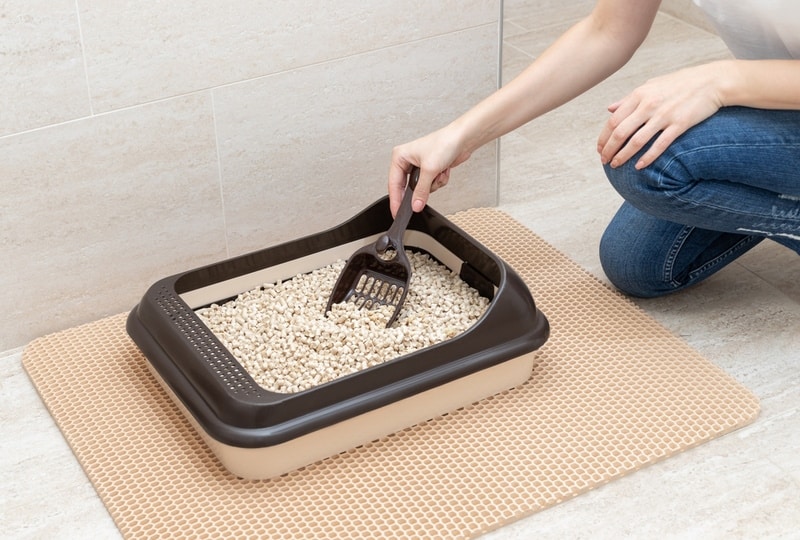
9. Use a HEPA Vacuum
Most standard vacuums will pick up cat hair, albeit with varying degrees of success and coverage. However, the filters in standard vacuums won’t necessarily capture and retain the proteins that cause allergic reactions. HEPA filters do, so buy a vacuum that is designed to pick up pet hair and that incorporates a HEPA filter.
10. Try a New Food
Consider trialing a new cat diet that helps to minimize Fel d 1. Research has shown that a certain food can neutralize Fel d 1 production by cats eating the diet. Speak with a vet to investigate if this is an option for you and your cat.
Need veterinary advice but can't get to the clinic? Catster recommends PangoVet, our online veterinary service. Talk to a vet online and get the answers and advice you need for your cat without having to leave your living room — all at an affordable price!


Conclusion
Cat and dog allergies are two of the most common allergies people suffer in their homes. However, it is worth getting tested to ensure you are suffering from a pet allergy, rather than a dust mite allergy.
If you do suffer from a cat allergy, the good news is that that does not necessarily mean you are also allergic to dogs because it is possible to be allergic to cats or dogs and not the other. If you are allergic to cats, there are steps you can take to mitigate your allergy, including avoiding contact with the allergens produced. You can also take antihistamines and other drugs to reduce or eliminate the symptoms of your allergies.
Featured Image Credit: Motortion Films, Shutterstock
